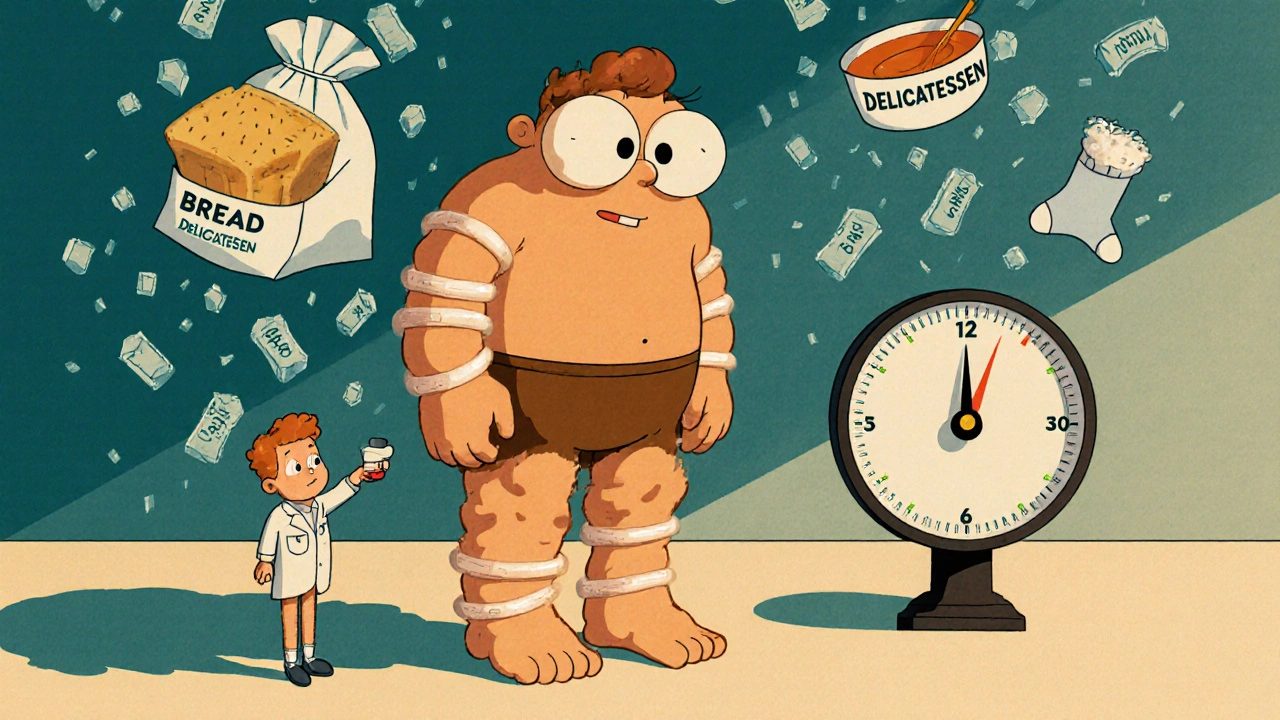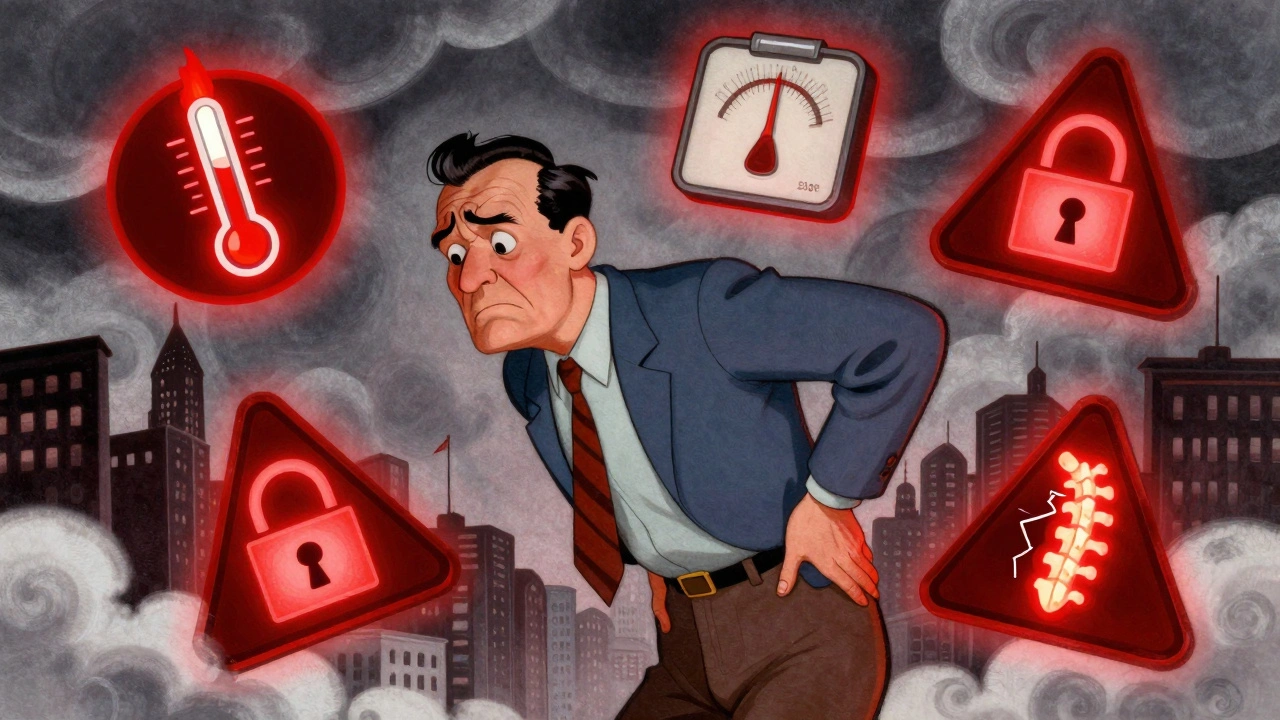Compression Therapy for Edema: How It Works and What You Need to Know
When your legs, ankles, or feet swell up for no clear reason, you’re likely dealing with edema, a buildup of fluid in tissues that causes visible puffiness and discomfort. Also known as fluid retention, it’s not just a nuisance—it can signal something deeper, like heart trouble, kidney issues, or even side effects from medications. Many people try raising their legs or cutting back on salt, but one of the most effective, science-backed tools for managing this is compression therapy, the use of specially designed garments that apply steady pressure to move fluid out of swollen areas. It doesn’t cure the root cause, but it stops the swelling from getting worse—and often helps you feel better fast.
Edema doesn’t happen randomly. It’s tied to how your body handles fluid. If your veins can’t push blood back up efficiently, fluid leaks into surrounding tissues. If your kidneys hold onto too much sodium, your body holds onto water. Some medications, like those for high blood pressure or diabetes, make it worse. That’s why fluid retention, a common side effect of certain drugs, shows up in so many people taking pills for chronic conditions. Compression therapy works by acting like a second set of muscles. The pressure squeezes the swollen area just enough to push fluid toward your lymphatic system, which then drains it away. Think of it like gently squeezing a sponge to remove water—not too tight, not too loose, just right.
It’s not just for older adults or people with diabetes. Pregnant women, long-haul travelers, nurses on their feet all day, and even those recovering from surgery use compression socks or sleeves daily. The key is consistency. Wearing them for a few hours won’t cut it—you need to wear them most of the day, especially when you’re standing or sitting for long periods. And while they’re not magic, they’re one of the few treatments that actually deliver quick, measurable relief without pills or injections. You’ll notice less tightness in your shoes, less aching after work, and fewer nights spent propping up your legs.
What you’ll find in the posts below are real-world stories and facts about how swelling shows up, what makes it worse, and how people manage it. You’ll see how certain medications cause fluid retention, how diabetes affects circulation, and what alternatives exist when compression alone isn’t enough. There’s no fluff—just clear, practical info from people who’ve been there. Whether you’re trying to figure out why your ankles are puffy or looking for ways to stop it from getting worse, you’ll find answers here that actually work.
Edema in CKD: How Diuretics, Salt Restriction, and Compression Therapy Work Together
Edema in chronic kidney disease is caused by fluid buildup due to impaired kidney function. Learn how diuretics, strict salt restriction, and compression therapy work together to manage swelling safely and effectively.






